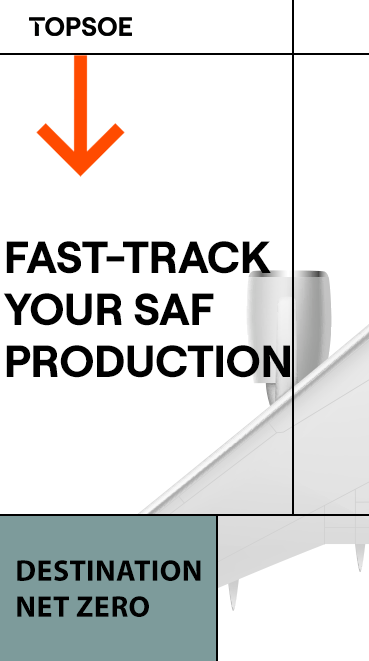Diesel Powers the Global Economy, Renewable Biofuels Will Sustain Our Future
Updated: Jul 11, 2022

Policymakers pushing for electrification tomorrow must realize what modern clean-diesel technology and low-carbon biofuels can do for the planet today.
In a recent interview with The New York Times Magazine about his soon-to-be-released book, How the World Really Works: The Science Behind How We Got Here and Where We’re Going, legendary scientist and authority on energy and technology Vaclav Smil tells it like it is.
“We live in this world of exaggerated promises and delusional pop science. I’m trying to bring it onto some modest track of reality and common sense. The official goal in the U.S. is complete decarbonization of electricity generation by 2035. That’s Biden’s program: zero-carbon electricity in 2035. The country doesn’t have a national grid! How will you decarbonize and run the country by wind and solar without a national grid? And what will it take to build a national grid in a NIMBY society like the U.S.?”
Smil’s take on the challenges and practical realities we face is tough talk, and just what we need to hear during this time of many challenges surrounding energy and climate strategies.

Today we are effectively living in two worlds: one of energy abundance from fossil fuels and the other a zero-carbon world, the clean-energy future. Diesel uniquely and effectively works in both of these worlds, delivering everything that we need today. Using sustainable biofuels like biodiesel and renewable diesel ensures that diesel technology is part of the clean-energy, low-carbon future.
That message is increasingly important but increasingly challenging to deliver. Electrification has become so closely associated with the clean-energy future that consideration of other strategies for decarbonization like renewable biofuels is deeply diminished. Yet the means and timeline for achieving “electrify-everything” goals are anything but certain.
Fifteen sectors of the global economy—including goods movement, construction, agriculture and mining—rely largely on diesel. Fundamental changes to every global energy and economic sector won’t happen overnight to solve the “climate crisis,” as Smil laments. People and economies must live in the reality of the moment. Today’s reality is that geopolitical conflicts and supply-chain disruptions threaten fossil fuels and rare metals essential for batteries, and feedstocks vital to producing renewable biofuels.
The Biden administration has made significant commitments both in policy and public funding to accelerate the introduction of alternatives to diesel, namely electrified and hydrogen technologies. While these may hold promise for decarbonizing some sectors of transportation at some level, manufacturers say they are far from becoming dominant anytime soon. Yet, many progressive stakeholders demand immediate changes but will not even consider more available or affordable solutions like renewable biofuels.
The opportunity for use of more renewable, low-carbon biofuels as a key strategy to decarbonize some sectors of the economy has never been greater. Billions of gallons of renewable biofuels are used each year—3 billion gallons of biobased diesel fuel was used in the U.S. last year alone. Using more renewable biofuels in targeted sectors is a proven way to deliver carbon and other emissions reductions from the millions of existing vehicles and equipment that are going to be in operation for decades to come. We’re all familiar with the overnight success of public and private fleets lowering their carbon footprint by switching to renewable biofuels. They’re helping communities realize 20 to 80 percent fewer emissions and cleaner air today, not waiting five or 10 years for when or if electric infrastructure becomes available.
Policymakers need to think beyond the old paradigms and embrace approaches that cut emissions faster, delivering benefits sooner. About half of all the big-rig, commercial trucks on the road were made with an older-generation technology, therefore they do not have the benefit of advanced emissions controls. They’ll be on the road for a million miles or more. It would take 60 new trucks to equal the emissions of just one older truck. This existing fleet of older vehicles and equipment largely dominates the emissions profile today—and will for decades to come, too. Accelerating the turnover of the existing fleet of older vehicles and equipment to the new generation of diesel technology, along with using more renewable biofuels, offer a tremendous opportunity to begin getter cleaner air and carbon reductions now.
The crisis of climate change is headline news nearly every day, but it is a headline alongside horrors of a global pandemic and a deadly global war in Ukraine. The cleaner-energy future is out there, but it is up to us—fuel producers, engine and equipment makers and users—through our collective, determined voice to ensure that diesel engines and biodiesel and renewable diesel fuels are a recognized part of it. What are we waiting for?

Author: Allen Schaeffer
Executive Director,
Diesel Technology Forum
301-668-7230






















-RKstandin.jpg)
_gif.gif)




